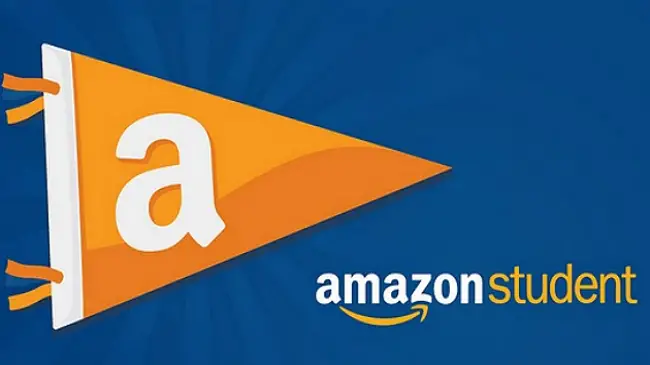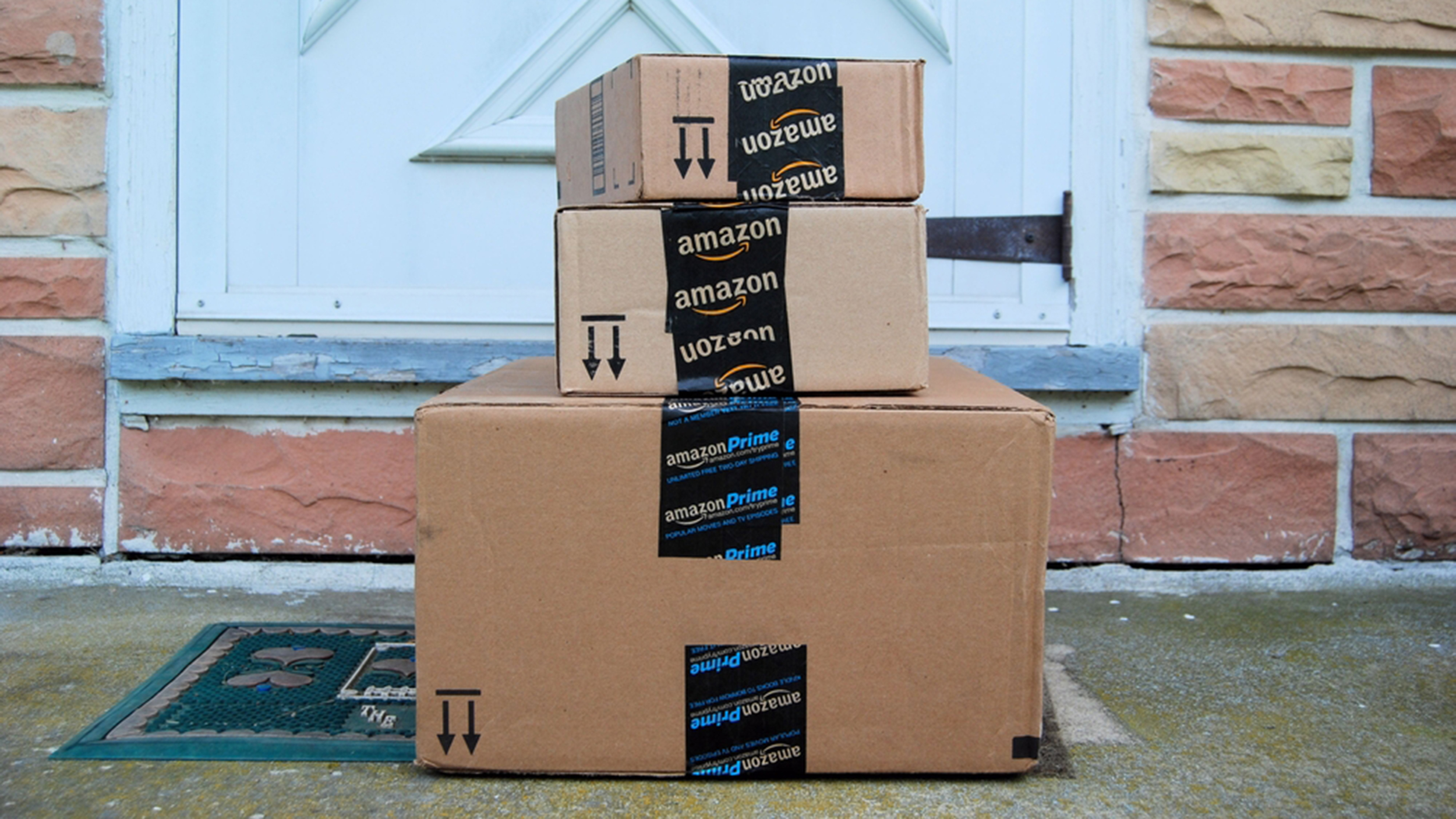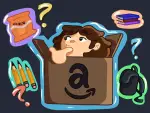Is “free” not every struggling student’s favorite word? Free food, free beer, free wifi and even free condoms are all items of ultimate importance to the impoverished scholars of this day and age.
But what about free shipping? The irresistible urge for instant gratification, coupled with the prospect of “free” goods and services, has young adults furiously hitting their “Add to Cart,” button rather than ravaging the shelves of their local department store chain for that new coffee maker or that thirty-six count box of Trojans … ultra ribbed.
According to a 2014 report from the Council of Economic Advisors, young adults are pursuing a post-secondary education in increasingly greater cultural and economic diversity, and in numbers that far surpass those of previous generations.
 Since the invention of the personal computer, the integration of technology on college campuses across America has radically reshaped the way students engage with their environment. With more individuals enrolling in school, there is a much higher demand for goods and services that can be more easily obtained through digital platforms.
Since the invention of the personal computer, the integration of technology on college campuses across America has radically reshaped the way students engage with their environment. With more individuals enrolling in school, there is a much higher demand for goods and services that can be more easily obtained through digital platforms.
When Amazon.com, Inc., introduced its immensely successful membership program Amazon Prime in 2005, the popularity of online shopping, especially among millennials, reached new heights.
Free two-day shipping was, and still remains, the membership’s shining feature. As the company expanded its services to encompass the largest group of buyers in the modern era—young adults whose daily lives and consumer behavior are almost entirely shaped by the instantaneous nature of the internet—it launched Prime Student, a membership specifically for college students, with an active .edu email, at a discounted price of $49 per year for the remainder of the student’s enrollment in school.
The prospect of such convenient access to millions of items available for 2-day shipping embodies the essence of instant gratification. After all, why make the frustrating trek to Walmart or Target for that new semester shopping trip when you could easily research product reviews and sale prices, create a personalized list of items and have them all delivered straight to the front door in a matter of two days?
The vast number of products available on Amazon’s marketplace, the convenience of free, two-day shipping, and the personalized shopping experience delivered to its users are features that have ushered in a surge of online shopping among young adults. The advantage of vast accessibility and quick delivery, wrapped around a neatly organized package of textbooks, laptops, music, television, household goods and other college-life necessities is one too promising to overlook.
The nature of instant gratification and the advantage of online shopping, though, has both positive and negative implications. Globalization—or, the integration and exchange of ideas, cultures, products and worldviews—is a phenomenon that is a direct factor in the urge for instant gratification among young adults.
Minimizing the delay of information exchange across the globe is an objective for both the development of ecommerce and the increasing integration of technology and education. As colleges and universities provide curriculum that involves a greater presence of technology in learning, test taking, tutorials and administration tasks (to name a few), the drive for instant gratification among students is reinforced tenfold.
It’s easy to see how the readily available supply of laptops, mini fridges, bedsheets, blenders, sex toys and various other college life essentials serves as a platform on which students can alleviate the impatient characteristics assigned to them by the rest of society. In addition to that, online marketplaces like Amazon allow the shopper to switch between different payment methods without ever seeing their own physical money. The successful globalization of ecommerce can be attributed to students’ spending habits.
While the convenience of online shopping has introduced an efficient way of saving money and time, there are certainly potential downsides as a customer of the digital marketplace:
Spoiled Child Complex
Has the introduction of Amazon (Student) Prime created a widespread spoiled child complex among its college-aged customers? Certainly there is room for debate considering how free, 2-day shipping and the integration of technology in school coincide with each other.
If you’ve ever been told by a professor, “The textbook is also available on Amazon” in cases in which the campus bookstore runs out of copies (or the line is just too long), it’s understandable how college students are much more likely to develop said spoiled child complex. Standing in bookstore lines just isn’t fun, and prices are usually more flexible on digital marketplaces.
Disengagement with the Local Economy
Are college students doing themselves a disservice by not investing their money into local, brick-and-mortar businesses? One of the most important factors in the development of local economy is how residents’ money is put back into it.
Amazon carries big-brand names that can be dispersed all over the world, but what about local thrift shops that might have similar products at discounted prices? Usually there are many small businesses located in the center of college towns that are an integral part of civil improvements.
Removal from Society
As customers become more dependent on technology to fill certain needs, it can be argued that they neglect the experience of walking into a drug store for the embarrassing but necessary purchase of a box of Trojans.
After all, isn’t facing an awkward exchange with the cashier a crucial part of becoming comfortable with sexuality? The act of physically touching a product and inspecting it in person is important in how students shop for their needs.

















